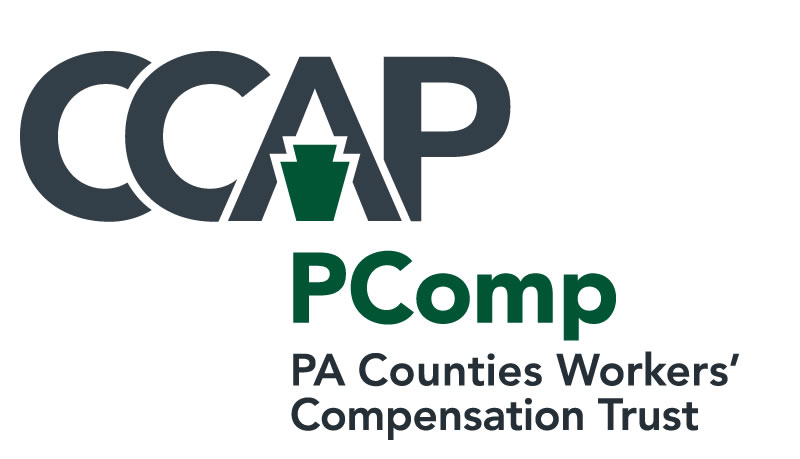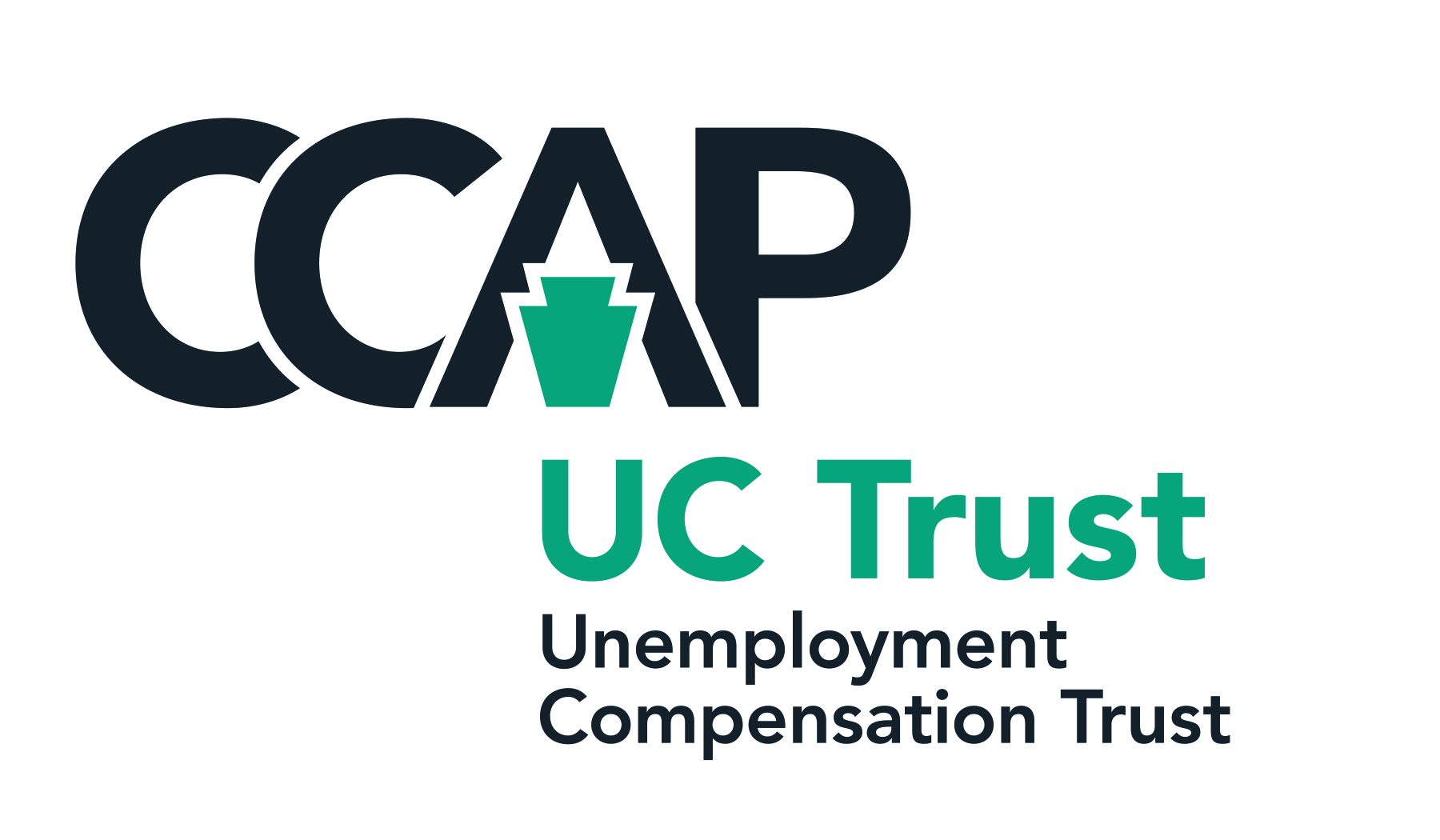 1980 – IT STARTS WITH UNEMPLOYMENT COMPENSATION
1980 – IT STARTS WITH UNEMPLOYMENT COMPENSATION
In 1980 the state legislature changed the unemployment compensation law and allowed public entities and non-profits to leave the state UC system and become “reimbursable” employers. This meant these entities could essentially self-insure and just reimburse the state for the cost of UC claims from prior employees. CCAP members saw the opportunity for a great member service, and the CCAP board approved the first group insurance program in CCAP’s history.
The UC Trust began operations on January 1, 1981 with 41 members (40 counties and CCAP itself as a member). R.E. Harrington was selected to administer the claims, and represent counties at claims hearings. Reinsurance was purchased from Lloyd’s of London (but I don’t know what broker was used to place it). Counties could be assessed at year-end if their claims were higher than their contributions to the Trust (and many were).
The UC Trust is still going strong, and celebrated its 35th anniversary in 2015. As would be expected, the Trust changed a bit over time. In 1988 and 1989 we made major changes to the program, hiring a consulting actuary, and setting up a guaranteed rate system. We also set up a separate Board of Trustees, half elected by the members of the Trust and half appointed by CCAP.
In 1999 the Trust made another major change, adding an Employee Assistance Program (EAP) as a free service for all members. The rationale for this new service was to help counties reduce turnover, the largest cause of UC claims.
Over time membership in the Trust remained incredibly and supportive. The Trust also accepts county-related entities as member.
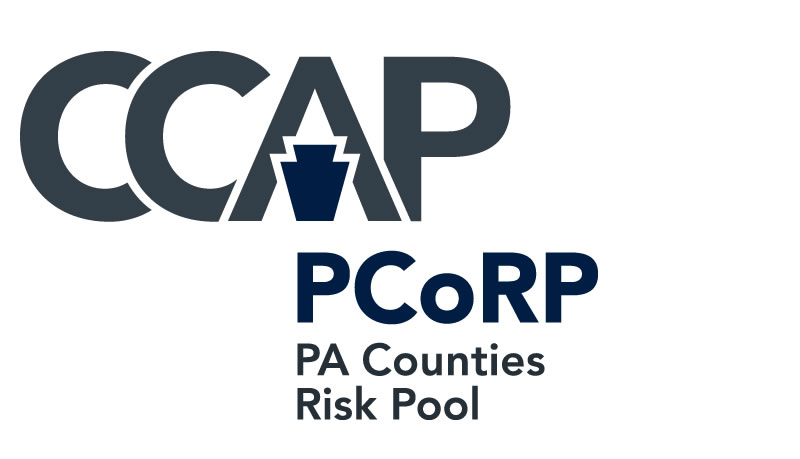 1987 – THE MEMBERS ASK FOR PCoRP
1987 – THE MEMBERS ASK FOR PCoRP
The CCAP members really asked for help in 1985. Counties (and other public entities) across the county faced an insurance crisis – many could not get liability coverage, and if they could buy it the cost was prohibitive. Several years later many state Attorneys General sued the large insurance companies, alleging collusion to limit coverage and drive up prices. The suit was settled out of court and the companies contributed more than $25 million to a fund to study public risk and claims management. By then the crisis had ebbed.
The crisis was so bad that one county went “bare” for general liability and law enforcement liability coverage and put aside $5 million to fund for claims. One county told us they were offered a $500,000 general liability policy for a premium of $500,000!
There are more than 450 public entity insurance pools in the US, and about 50 percent were formed in the years 1985 – 1988 when the crisis was at its worst. This is what ended the crisis for public entities – together they devised other ways to obtain the protection they needed.
In Pennsylvania CCAP’s members asked for help, and in 1985 the association put together a Study Committee to determine what to do. The study committee decided to issue a Request for Proposals (RFP) to the brokerage community seeking solutions to the problem. Essentially, the RFP informed the potential bidders that here is data about counties in Pennsylvania, and here is what we want to achieve: long term availability of coverage, broad coverage tailored for counties, stable pricing year to year, and the ability to retain some funds in the program if experience was good. More than 10 brokers responded (there were a lot more national brokers in those days) and the committee chose five for interviews, and selected PENCO’s All Lines Aggregate model. The basic structure chosen by the committee in 1986 became the Pennsylvania Counties Risk Pool (PCoRP) and has changed little in 29+ years! Coverages provided included auto, property, crime, general liability, public officials liability, law enforcement liability, and boiler and machinery.
PCoRP started operations on April 1, 1987 with 12 founding counties. PCoRP added two more counties that year, and currently has 53 members (this includes four county related entities).
PCoRP’s remains a very active program, with periodic changes in reinsurers, assuming more and more risk on its own prior to reinsurance, and offering more services to the members. Members receive property appraisals, reviews of prison and personnel policies, elevator and boiler inspections, free or reduced cost loss control training, loss control visits, and more.
One major change was the writing, from scratch, of PCoRP’s own Coverage Document, done over a two year period and implemented in 2001. Having its own Coverage Document allowed PCoRP to obtain reinsurance from insurance companies on PCoRP’s coverage terms, and has provided a much clearer explanation to the members of what is covered and what is excluded. The document is reviewed and amended annually to keep it up to date.
1993 – PCoRP CREATES THE NEED FOR PComp
One thing sometimes leads to another, and once PCoRP was up and running and more counties joined, they discovered it was harder to buy workers’ compensation insurance if the work comp insurance company could not also write their auto and property insurance. Counties began to ask CCAP to start a workers’ compensation program similar to PCoRP, so they would have an option other than the state fund (SWIF).
Because workers’ compensation is a mandatory coverage – all employers must provide it for their employees – the state regulates this through the Bureau of Workers’ Compensation in the Department of Labor and Industry. While the state had regulations in place which allowed counties to individually self-insure for worker’s comp, the Bureau would not allow counties to do it jointly. Finally the law was changed in 1992 - 93, and the Bureau agreed to let us set up a group by qualifying each county as an individual self-insurer.
PComp started operations with 12 counties on January 1, 1993. By the start of 1994, the new regulations for group insurance were passed, and PComp became the first group approved under the new regulations. To date membership has grown to 47 members, including 12 county related entities.
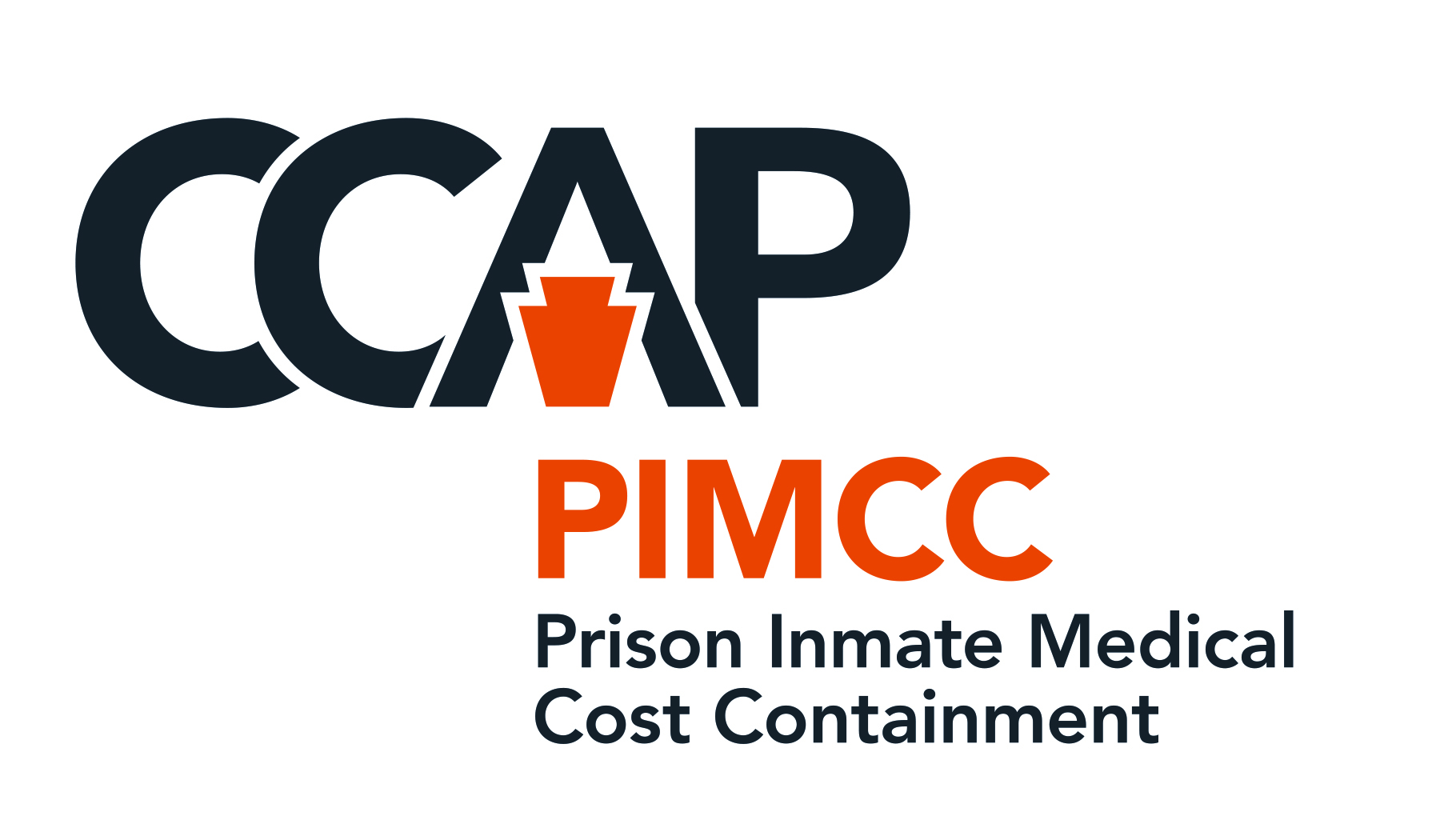 1995 – PRISON COST CONTROL - PIMCC
1995 – PRISON COST CONTROL - PIMCC
In 1994, Cumberland County was approached by a company with a proposal to work with the county prison on medical cost containment for inmates. The county liked the idea and brought it to CCAP. We liked the idea, and set up a study committee and moved the program forward. We agreed to utilize Cost Management Plus (CMP) as the administrator of the program.
PIMCC started with Cumberland and several other counties signing on, and was a very different approach for CCAP as it was a consulting program. The idea was to negotiate discounted medical services and set up contracts for dental, transport and other services to save the county money. We were surprised how few counties had written contracts with providers, and how few were getting any kind of discount on medical bills, and most had no review of the bills being received from the medical providers.
A major part of the program is a group drug (prescription and over the counter) buying program with a statewide contract, through Diamond Pharmacy (Indiana, PA).
In 2012, PIMCC began providing services to all county jails, administering a new program for Medicare savings on inmate inpatient medical services. This was based on Act 22 of 2012, and has saved counties significant medical costs since inception.
There are currently 18 members of PIMCC. CMP estimates the participants have saved more than $22 million in the first ten years of PIMCC’s operations.
 2003 – NURSING HOMES USE IGT TO CREATE PELICAN
2003 – NURSING HOMES USE IGT TO CREATE PELICAN
CCAP’s work on intergovernmental transfers (IGT’s) led to an opportunity for funding to start a nursing home liability program for county owned and affiliated nursing homes.
CCAP worked with PACAH (Pennsylvania Association of County Affiliated Homes) on this project.
A PACAH study committee issued an RFP for a broker to do three things:
- collect and review the data for claims experience and pricing
- review the financial feasibility of setting up a program, and if feasible,
- recommend the structure of the program.
We received about 11 responses and narrowed them down to five firms which the Study Committee interviewed. After a long day, the committee unanimously chose the Willis Pooling proposal. Willis Pooling then started work collecting loss information from the county homes (we ended up with data from 28 homes) and reviewing potential structures (pool, PA based insurance company, captive insurance company, etc.). After about nine months, the final report was issued, recommending a general liability and medical malpractice insurance program, capitalized using IGT funding, established as a captive Risk Retention Group (RRG) in Vermont. During this time the “malpractice insurance crisis” was so bad in the state that the Insurance Department was very happy we were proceeding with a new option. We also met twice with the Department of Public Welfare (DPW) to review the grant and results of the study. DPW was very supportive, which was crucial as they had to agree to the next step – more IGT funding for the new program.
By the summer of 2002, we were ready to move forward. We developed the program’s name (PELICAN – Pennsylvania Liability Insurance for County Affiliated Nursing Homes) and logo and underwriting guidelines. Willis Pooling filed the application for a license in Vermont, which was approved at the end of December 2002. Pennsylvania then approved the RRG in early 2003. This approval was crucial as homes had to have coverage to maintain their license, and the coverage had to be provided by an insurance company approved to do business in PA.
PELICAN started on March 1, 2003, and by 2006 there were 32 members (we actually got up to 34 and then two counties sold their homes). Claims experience has been very good, and PELICAN’s premiums have remained stable or decreased every year. Dividends have been issued to the members.
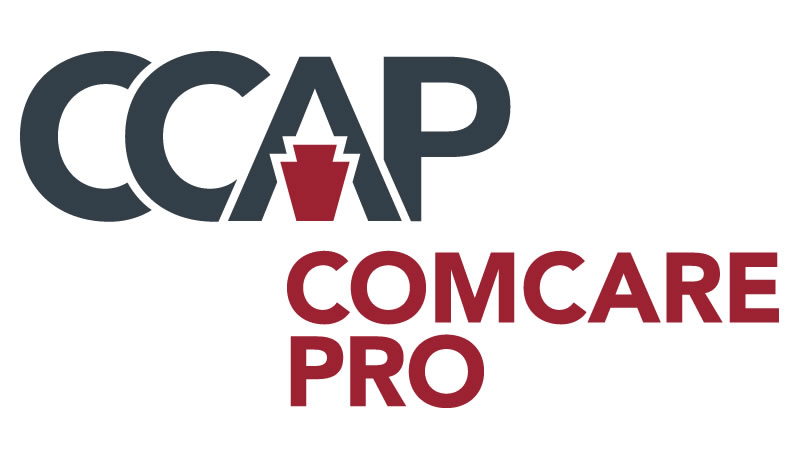 2004 – COMCARE PRO
2004 – COMCARE PRO
CCAP’s COMCARE program, also the result of IGT funding, was designed to help counties implement HealthChoices. By 2004, the counties in HealthChoices were finding reinsurance harder to buy and more expensive. Fewer insurance companies would provide it. Some counties were buying it through their MCO’s and found the cost being paid was excessive. Few counties were interested in purchasing aggregate reinsurance, but were interested in buying the per participant reinsurance required by DPW, which provides reimbursement for costs above $75,000 per participant.
The COMCARE Board examined this issue, and since PELICAN had been set up by CCAP through an IGT bidding process, decided to use the service firms selected by PELICAN to set up a Vermont based RRG to provide this insurance. COMCARE used $1 million to capitalize the new entity, and then added another $1 million in funding the next year. The program was titled COMCARE PRO and began operations in October 2004. COMCARE PRO remains a small but effective program, insuring 26 counties.
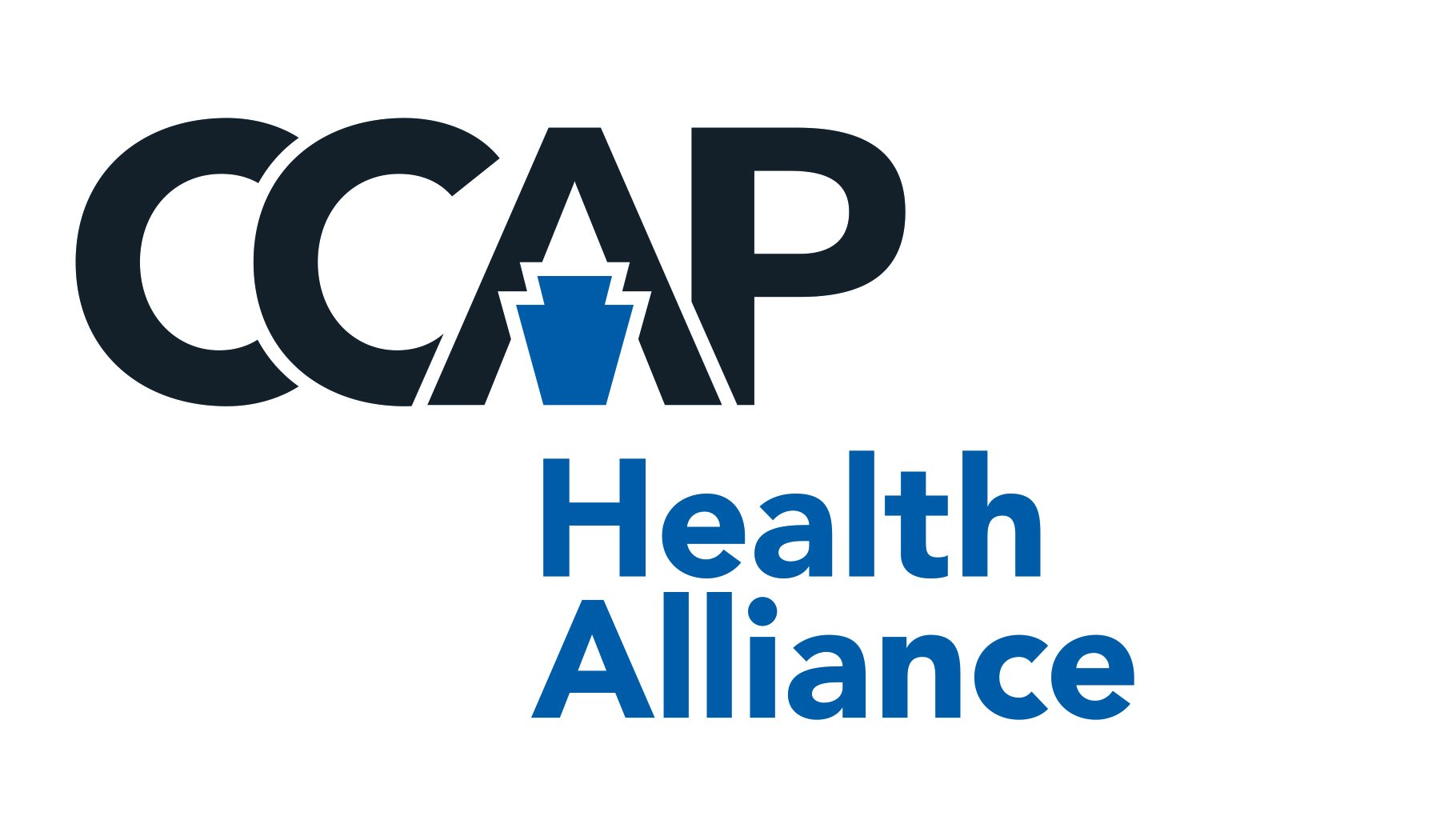 2012 - LET'S TRY HEALTH CARE - AND THEN AN ALLIANCE
2012 - LET'S TRY HEALTH CARE - AND THEN AN ALLIANCE
With the initial success of PCoRP and PComp, counties began to approach CCAP suggesting a similar approach to health insurance. CCAP did a survey of all counties’ health insurance providers, benefit levels, and costs in 1995 and the results were pretty clear. In general benefits packages were pretty generous, and varied greatly from county to county. Also, costs were much higher on a per person basis in the western counties. With none of the traditional “blue” insurers able to do a statewide program, we decided there was nothing we could do at that point.
After several years of seeking alternatives to health insurance, CCAP decided to endorse an existing health insurance pool, the Delaware Valley Health Trust (DVHT), based in Horsham. The Trust was an established program serving municipalities and school districts and was looking to grow. Aetna is the reinsurer, and DVHT provides administration at a very low cost. The new program was branded the CCAP Health Alliance, and has ten members, including three county related entities.
RISK MANAGEMENT - LOSS CONTROL TRAINING
From the beginning of PCoRP in 1987 we started providing members with loss control and prevention training. Early on this was just getting members together and answering risk management questions. We used Willis staff to help us with the training. As the programs grew we began to provide two major loss control workshops, for both PCoRP and PComp, each spring and fall. In the spring we provide updates about the program in addition to the training.
In the early 1990’s the UC Trustees agreed to provide more training for UC members, not only about the state unemployment compensation system but also about personnel matters. This really led to the growth of our training menu, as we introduced excellent supervisor seminars, an annual prison risk management workshop, defensive driving classes and more. When the UC Trust added an Employee Assistance Program (EAP) the provider, Mazzitti and Sullivan, agreed to help with training, and this expanded our quantity and quality of topics to those dealing with motivating employees, dealing with difficult people, team work and more.
We instituted loss control credits to reward PCoRP, PComp and UC Trust members who sent staff to workshops. They can save up to five percent of their premium cost by participating. Both PCoRP and PComp give awards each year to members who lead the way with attendance at workshops.
And all workshops are offered free of charge to members of the sponsoring insurance program!
For several years we have also offered online training, first through CLMI, and now by LocalGovU. This has been well received and very effective, especially as orientation for new employees.
COMMUNICATION: INSURANCE MATTERS, Glimpse
By the mid-90’s we realized we had a lot going on – meetings, training, membership dinners – and sending memos and letters to this set of members about this event and a different mailing to others about a different event became cumbersome. We began a newsletter in 1996 for county and CRE officials and staff whose entity participated in at least one of our insurance or sponsored programs. Called Insurance Matters, it is still produced each month. Initially mailed in hard copy, over time we converted to mainly email delivery, and we are now up to about 2,500 readers. This allows us to keep members very much up to date about what is happening with the various programs, and provide articles about risk management and safety concerns. We also link many articles to the CCAP web site, where more information can be found and event registration is possible, and link information contacts to email so members can easily communicate with us.
As our risk management training program offerings grew in number and complexity, we realized a catalog listing of all events would be a good way to advertise. Glimpse was developed and started in 2000, with a catalog each spring and fall. This allows us to list all the training sessions available, and indicate which insurance program is sponsoring the event (which means that program’s members can attend for free). We have several annual workshops which are sponsored by more than one insurance program, so putting all the information in one catalog makes explanations a lot easier.
CCAP Insurance Programs Mission
It is the mission of the CCAP Insurance Programs office to assist counties and county related entities to protect their employees, clients, their property, and financial assets, and the general public which use their facilities.
To accomplish this, CCAP Insurance Programs staff will strive to provide:
- Quality member services to counties and county related entities in the area of risk management, insurance, employee benefits, bonding, and related areas.
- Professional, fair, timely and accurate claims services to members of CCAP Insurance Programs.
- Professional advice to counties and county related entities regarding loss control, safety, contractual and operational issues.
- Quality loss control training for management, supervisors and employees of counties and county-related entities.
- Regular, relevant information to members and their insurance producers through the use of various media.Any reasonable assistance to counties and county related entities to make their workplace and operations as safe as possible for the public and county employees.


